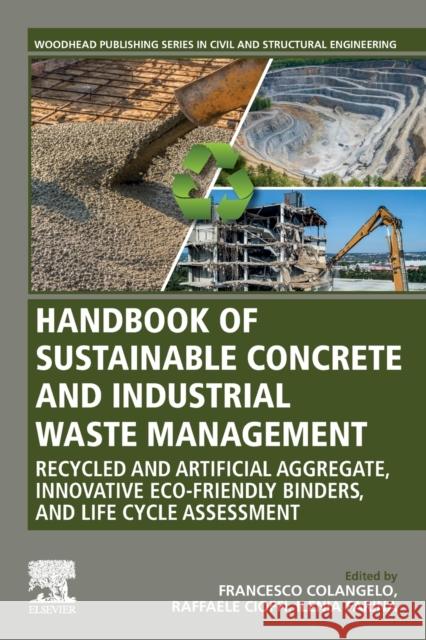Handbook of Sustainable Concrete and Industrial Waste Management: Recycled and Artificial Aggregate, Innovative Eco-Friendly Binders, and Life Cycle A » książka
topmenu
Handbook of Sustainable Concrete and Industrial Waste Management: Recycled and Artificial Aggregate, Innovative Eco-Friendly Binders, and Life Cycle A
ISBN-13: 9780128217306 / Angielski / Miękka / 2021 / 728 str.
Handbook of Sustainable Concrete and Industrial Waste Management: Recycled and Artificial Aggregate, Innovative Eco-Friendly Binders, and Life Cycle A
ISBN-13: 9780128217306 / Angielski / Miękka / 2021 / 728 str.
cena 1001,99
(netto: 954,28 VAT: 5%)
Najniższa cena z 30 dni: 989,72
(netto: 954,28 VAT: 5%)
Najniższa cena z 30 dni: 989,72
Termin realizacji zamówienia:
ok. 30 dni roboczych.
ok. 30 dni roboczych.
Darmowa dostawa!
Kategorie:
Kategorie BISAC:
Wydawca:
Woodhead Publishing
Seria wydawnicza:
Język:
Angielski
ISBN-13:
9780128217306
Rok wydania:
2021
Numer serii:
000904755
Ilość stron:
728
Waga:
0.95 kg
Wymiary:
22.86 x 15.24 x 3.68
Oprawa:
Miękka
Wolumenów:
01











